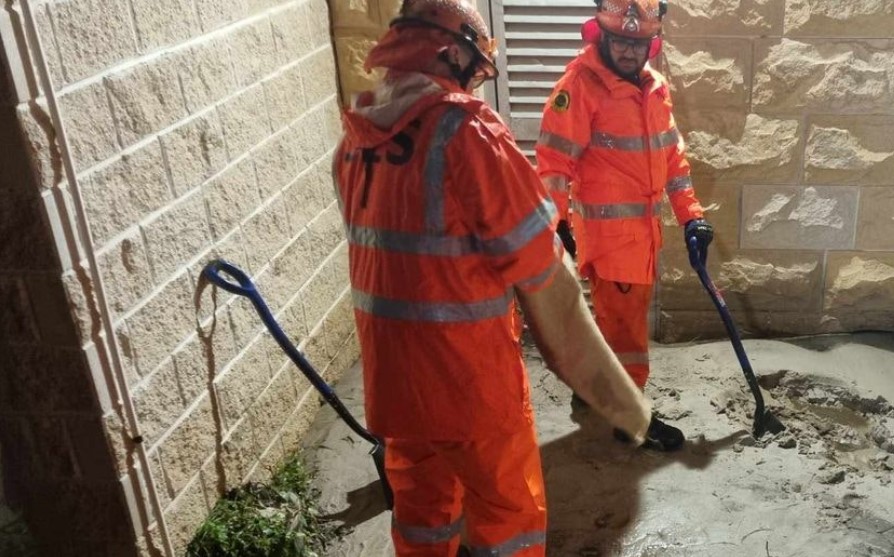The Asbestos Disease Support Society is calling for greater awareness of the risks of exposure to asbestos. A new report released by the Australian Institute of Health and Welfare highlights that asbestos related disease is still impacting the community. The report, Mesothelioma in Australia 2018 shows 699 Australians were diagnosed with the incurable cancer mesothelioma, close to 2 per day and this number is expected to rise as more cases are reported.
ADSS General Manager, Trevor Torrens said the aftermath of asbestos is still being felt across the community, with 71 members of the ADSS dying in 2018 because of exposure to asbestos. “Just this year alone, more than 30 of our members have succumbed to an asbestos related disease, predominantly mesothelioma. All they did was turn up to work to earn a living or just went about their daily lives.” Mr Torrens said.
People most likely to have been exposed to asbestos at work include, asbestos cement manufacturing workers, laggers and insulators, builders, plumbers and electricians, automotive industry workers, transport workers and textile workers.
“Unfortunately, we are still seeing the fall out of people who worked with asbestos containing products like fibro, brake linings and lagging on pipes prior to the Australia-wide ban on products containing asbestos in 2003,”
“We also have strong concerns about a new wave of exposure to home renovators. My message to DIY renovators is don’t take the risk – educate yourself on where asbestos may be lurking in your home and engage a professional to deal with it appropriately before you begin your work.”
About one third of homes built between 1945 and the late 1980’s are likely to contain some form of asbestos building product. If disturbed, without adequate precautions, the asbestos fibres are released into the atmosphere and if inhaled, can lead to asbestos related disease.
Mesothelioma is an extremely painful malignancy of the outer lining of the lung or the abdominal cavity that forms as a result of exposure and inhalation of asbestos fibres. Asbestos fibres are around 200 times thinner than a human hair, can be invisible and be inhaled easily. They can become trapped deep in the lungs and cause damage over a long time. Past exposure to asbestos is the only known cause of mesothelioma. It can take many years for mesothelioma to develop after a person is exposed to asbestos – the latency period, which is commonly 20 to 30 years after exposure.








